Table of Contents
Introduction to Chipotle Seco
Chipotle seco is a sun-dried variety of jalapeño pepper known for its mild smokiness, natural sweetness, and balanced heat profile. Unlike smoked chipotle varieties like morita, it undergoes natural sun-drying without smoke exposure, resulting in a more nuanced flavor that enhances both traditional and modern dishes. This guide explains everything you need to know about chipotle seco, including its origins, culinary applications, and practical usage tips for home cooks and professionals.

What Is Chipotle Seco?
Chipotle seco is a dried chili pepper made from fully ripened jalapeños that are sun-dried rather than smoked. The Spanish word "seco" means "dry," referring to its natural drying process. Unlike chipotle morita (which is smoked and used in adobo sauce), chipotle seco develops its flavor through sunlight exposure alone, resulting in a milder smokiness, pronounced sweetness, and more complex acidity.
These peppers typically turn dark red or black during drying and maintain a medium heat level (2,500-8,000 Scoville Heat Units). Their natural drying process preserves the pepper's inherent sugars, creating a flavor profile that's less intense but more versatile than smoked varieties.
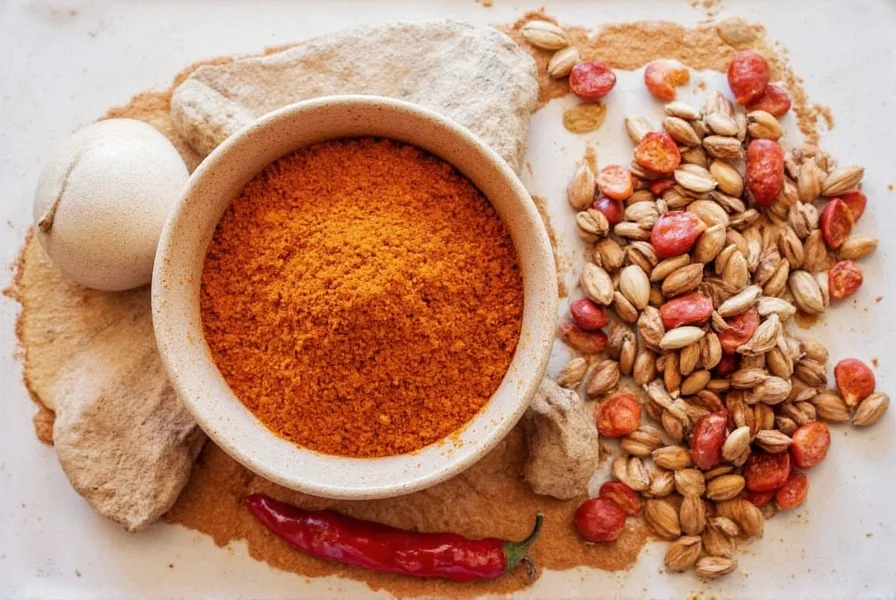
Flavor Profile of Chipotle Seco
Chipotle seco offers a balanced combination of heat, sweetness, and subtle smokiness that makes it uniquely versatile in cooking. Here's a detailed breakdown:
- Smokiness: Mild and natural, derived from the ripening process rather than smoke exposure
- Sweetness: Pronounced caramelized notes from sun-dried sugars
- Heat Level: Medium (2,500-8,000 SHU), milder than smoked chipotle varieties
- Tanginess: Subtle acidity that becomes more pronounced when rehydrated
| Flavor Component | Description |
|---|---|
| Smokiness | Mild to moderate, naturally occurring from sun-drying process |
| Sweetness | Natural caramelization from ripe jalapeño sugars |
| Heat | Medium (2,500-8,000 Scoville units) |
| Tanginess | Subtle acidity, enhanced when rehydrated |
How to Use Chipotle Seco in Cooking
Chipotle seco's balanced flavor makes it ideal for dishes where you want smoky depth without overwhelming heat. Here are expert-approved applications:
- Salsas and Sauces: Rehydrate and blend for smoky salsas or chipotle crema without excessive heat
- Marinades: Perfect for chicken, fish, or tofu where delicate flavors need enhancement
- Mole and Braises: Adds complexity to traditional Mexican mole sauces and slow-cooked dishes
- Vegetable Dishes: Elevates roasted vegetables, beans, and grain bowls with subtle smokiness
- Seafood: Complements fish and shellfish better than smoked varieties due to milder profile
For best results: Soak dried peppers in hot water or broth for 20-30 minutes until pliable. Remove seeds and membranes for milder heat. Blend into pastes or chop finely for texture.
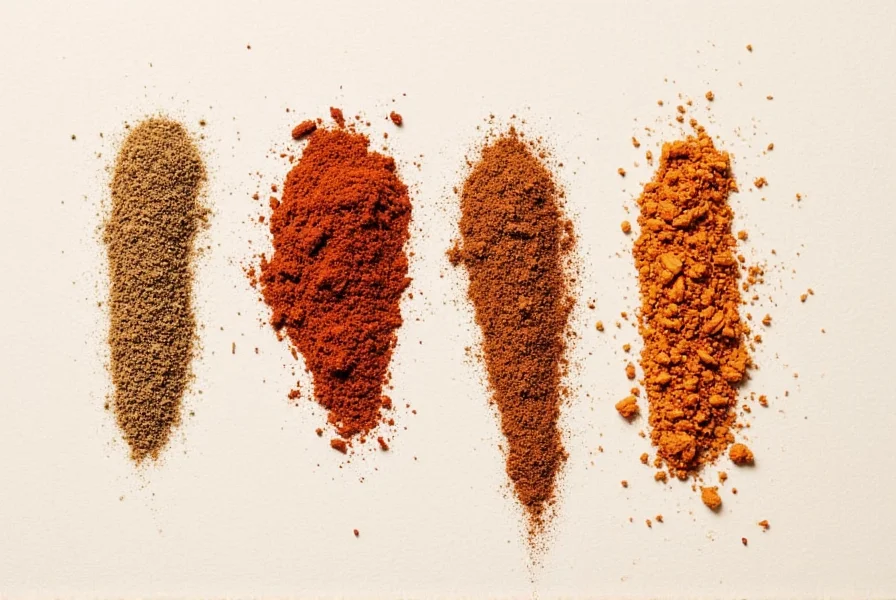
Comparison with Other Chipotle Varieties
Understanding the differences between chipotle types helps you choose the right pepper for your recipe:
| Chipotle Type | Drying Method | Flavor Profile | Heat Level |
|---|---|---|---|
| Chipotle Seco | Sun-dried (no smoke) | Mild smokiness, pronounced sweetness, subtle tang | Medium (2,500-8,000 SHU) |
| Chipotle Morita | Smoked and dried | Intense smoke, deep sweetness, sharp acidity | High (8,000-10,000 SHU) |
| Chipotle En Tamacun | Smoked and dried | Very smoky, earthy, robust | High (10,000+ SHU) |
Chipotle seco is ideal when you want smoky depth without overpowering heat. It works better than smoked varieties in delicate dishes like seafood, light sauces, and sweet applications where traditional chipotles would dominate the flavor profile.
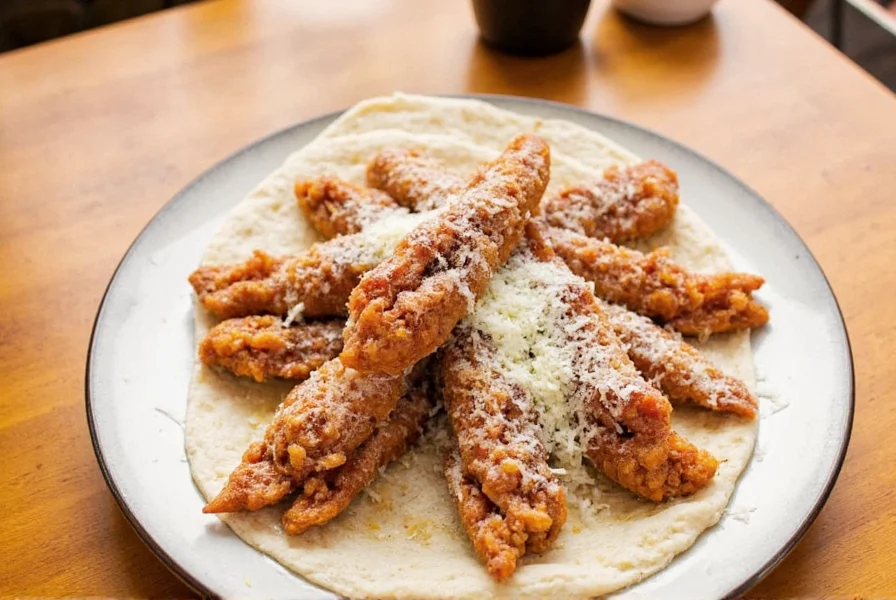
Buying Guide for Chipotle Seco
Key Quality Indicators
- Color: Uniform dark red to black with no green spots or mold
- Texture: Dry, brittle, and crisp (not sticky or moist)
- Aroma: Strong smoky-sweet scent without mustiness
- Origin: Mexican-grown peppers from reputable brands like La Costeña or San Marcos
Top Recommended Products
- La Costeña Chipotle Seco
- Authentic Mexican sun-dried peppers
- Consistent flavor profile for professional and home kitchens
- Perfect for sauces, marinades, and traditional Mexican dishes
- San Marcos Organic Chipotle Seco
- 100% organic, sun-dried without additives
- Rich, complex flavor with balanced heat
- Ideal for gourmet applications and specialty cooking
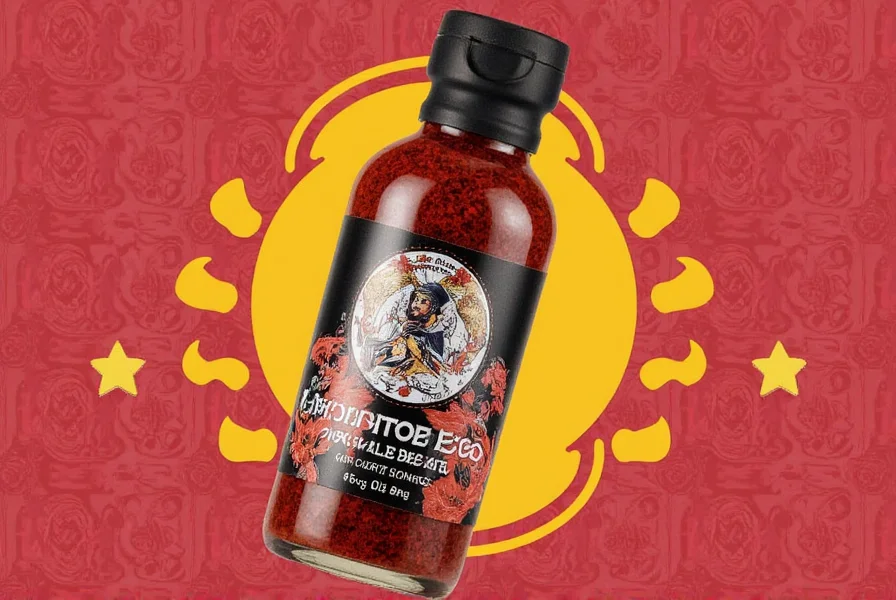
Pro Tips for Working with Chipotle Seco
- Rehydration Technique: Soak in hot broth instead of water for enhanced flavor infusion
- Heat Control: Remove seeds and membranes before rehydrating for milder heat
- Storage: Keep in airtight containers away from light; refrigerate for long-term freshness
- Creative Uses: Add to chocolate desserts, coffee rubs, or fruit salsas for unexpected depth
- Substitution Tip: When replacing smoked chipotles, use 25% more seco and add a pinch of smoked paprika for balance
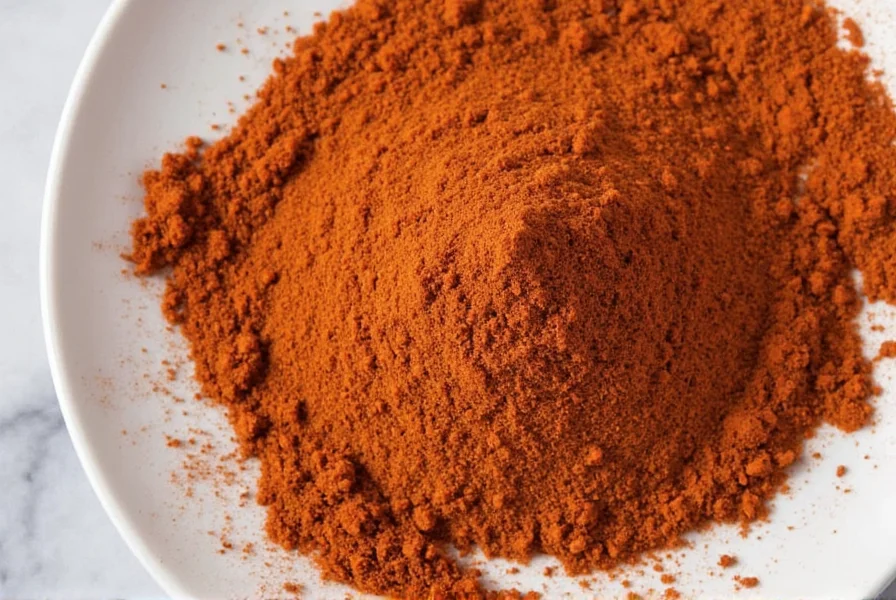
Frequently Asked Questions
Below are common questions about chipotle seco with expert answers:
What is the difference between chipotle seco and chipotle morita?
Chipotle seco is sun-dried without smoke exposure, resulting in milder smokiness and pronounced natural sweetness. Chipotle morita is smoked during drying, creating a more intense, robust smoke flavor and darker color. Seco typically has lower heat levels (2,500-8,000 SHU) compared to morita (8,000-10,000 SHU).
How do I rehydrate chipotle seco peppers properly?
Place dried peppers in a heatproof bowl, cover with hot water or broth, and soak for 20-30 minutes until soft. For maximum flavor, add a bay leaf, garlic clove, or onion slice to the soaking liquid. Once rehydrated, drain and remove stems/seeds before using in recipes.
What is the Scoville heat rating for chipotle seco?
Chipotle seco typically ranges from 2,500 to 8,000 Scoville Heat Units (SHU), placing it in the medium heat category. This is significantly milder than smoked chipotle varieties like morita (8,000-10,000 SHU) or en tamacun (10,000+ SHU). Heat levels can vary based on growing conditions and pepper maturity.
Can I substitute chipotle seco for regular chipotle peppers in recipes?
Yes, but adjust for flavor differences. Since seco has milder smoke intensity, use 25% more than smoked varieties. For recipes calling for chipotle in adobo sauce, add 1/2 teaspoon tomato paste and 1/4 teaspoon vinegar per pepper to compensate for missing acidity and tomato base.
How long do chipotle seco peppers last once purchased?
Properly stored in airtight containers away from light and moisture, chipotle seco maintains peak flavor for 6-12 months at room temperature. Refrigeration extends freshness to 18 months, while freezing preserves quality for up to 2 years. Always check for musty odors or mold before use.
What dishes work best with chipotle seco?
Chipotle seco excels in dishes requiring subtle smokiness without overpowering heat: seafood sauces, lighter mole recipes, roasted vegetable glazes, fruit salsas, chocolate desserts, and delicate marinades for poultry or tofu. Its natural sweetness also makes it ideal for sweet-and-savory applications like barbecue glazes.
Are chipotle seco peppers actually smoked at all?
No, true chipotle seco is never smoked. The mild smokiness comes from natural ripening and sun-drying of ripe jalapeños. The name "chipotle" refers to the pepper type (dried jalapeño), not the smoking process. Smoked varieties like morita undergo intentional smoke exposure during drying.
Conclusion
Chipotle seco offers a uniquely balanced flavor profile that bridges the gap between mild and smoky chili peppers. Its sun-dried nature creates a versatile ingredient for both traditional Mexican cuisine and innovative culinary applications where intense smoke would overpower delicate flavors. By understanding its distinct characteristics and proper usage techniques, you can elevate dishes from simple weeknight meals to gourmet creations with minimal effort.
Whether you're making a delicate seafood sauce, enhancing a chocolate dessert, or adding subtle depth to roasted vegetables, chipotle seco provides the perfect smoky-sweet foundation without overwhelming heat. Start with small quantities and experiment—this versatile pepper will quickly become a staple in your spice collection.
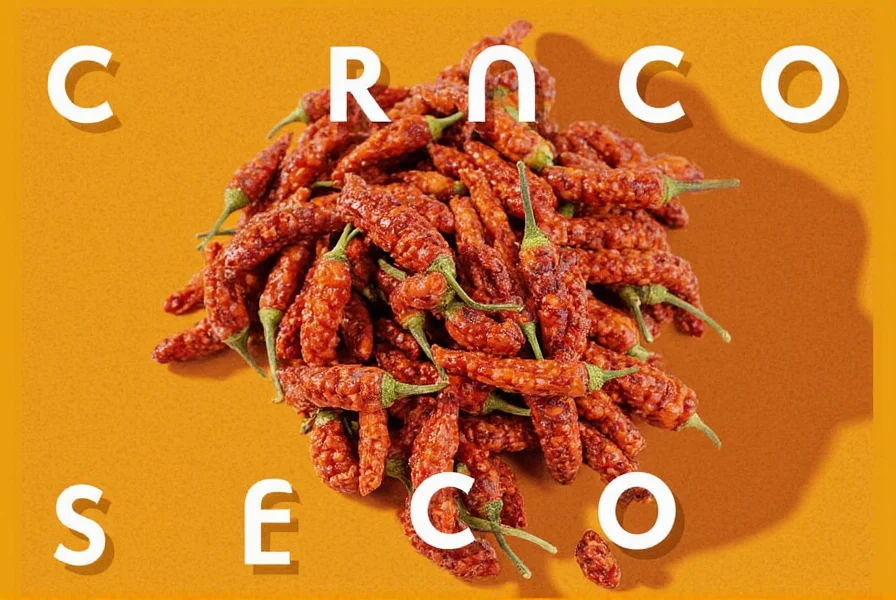

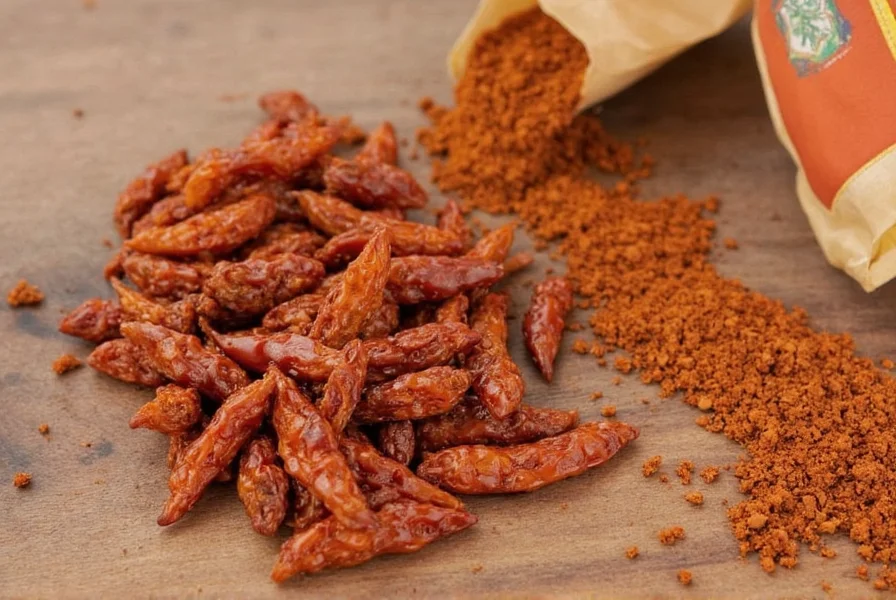









 浙公网安备
33010002000092号
浙公网安备
33010002000092号 浙B2-20120091-4
浙B2-20120091-4